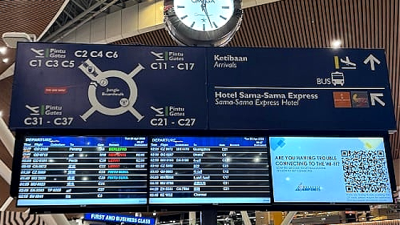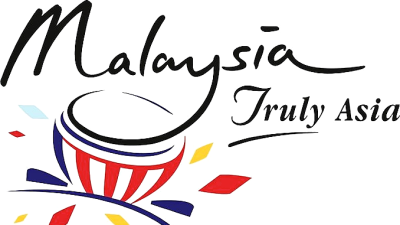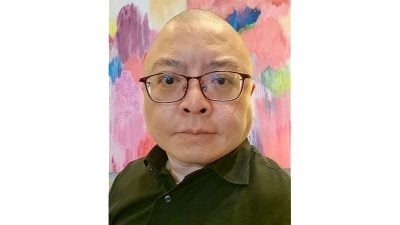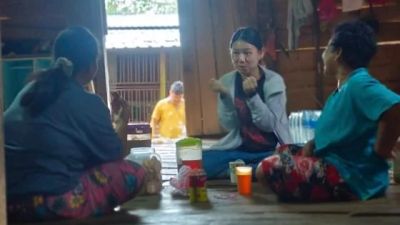Around August and September every year, wild animals in Tanzania’s Serengeti National Park will present an epic mass migration to the Masai Mara plains in neighbouring Kenya.
As a matter of fact, these animals have been travelling over 3,000 kilometres from east to south and then to west and north over the past 365 days, moving almost incessantly in a clockwise direction in search of food and water. In the end, they bring their young back to where they started on the banks of Mara River.
The Mara River here sets the stage for the epic annual migration, where millions of wildebeests, some 300,000 zebras and half a million gazelles will cross the crocodile-infested Mara River over two to three months to the opposite bank in pursuit of more lavish food and water.
The scene of these animals rushing down the cliff and traversing the river has been named the world’s eighth wonder by National Geographic.
Of course, you do need a little luck in order to catch such a spectacle. Bear in mind that the law of nature is to let it take its course, absolutely unpredictable and must not be tampered with.
We followed the instruction of our eco guide to wait patiently inside our 4WDs from early in the morning in hope of catching a glimpse of any change in animal movements.
As a matter of fact, that experience is extremely rewarding to be able to quietly observe the movements and routine activities of wild animals within the world-famous Serengeti National Park, and is the most meaningful close encounters with Nature, of the so many thematic tours we have done these years.
The thing is, during the long wait we might experience some physical urgency to release ourselves, and the driver-guide would drive us to the grassland where we could do our business.
Just as a group member had unzipped his pants, he had a shock of his life: Holy shit! A troop of five lions were having their rest a mere 20 meters away, forcing the rest of the group to rush back to the van in no time.
In the world of wild animals, the “early bird” philosophy is actually very much alive. These five lions had already devoured the bloodied gazelle, leaving only bones and internal organs. No wonder that morning we saw a bunch of hyenas roaming in the vicinity while dozens of vultures were hovering above!
This is very much the rule of survival in the animal world, where the biggest and strongest will prey on the weak. Even then the arrogant lions could also be attacked by dozens of ferocious hyenas and made the latter’s breakfast!
Group member Chai asked: Are they not savage beasts? Why don’t they attack humans? Ssh! Stop making any noise. It’s not because they don’t fancy human flesh, but they have not yet sensed your existence. Even if they have just had a great meal, they can still attack humans, especially if they feel threatened. Who would resist the delectable human flesh, anyway?
Are we humans not just like them too? Having amassed enormous wealth, people might still act innocent even as they are actually prowling for new prey. Put it this way: human lust for wealth and other desires will never be fully satiated.
Although the scene could be nauseatingly bloody, among the pack of migrating animals we had the rare privilege to witness something much more heart-warming.
The wildebeest pack that could be several miles long are running non-stop towards a common direction ahead of them. Interestingly, the vanguards that are leading the way, or guarding in the rear are actually those adorable zebras!
From what I have learned, these wildebeests, which have started their journey since the wee hours of the morning, dread most the lurking lions, leopards and crocodiles ready to ambush their prey for breakfast.
Notably, these wildebeests are actually quite retarded, with poor eyesight, hearing and sense of smell.
On the contrary, the zebras boast much more acute senses, offering the wildebeests the much-needed protection. As a consequence, for centuries through such interaction and synergy, these two completely different species have been working together like good buddies when practising their annual migration rite.
Moreover, these zebras love the upper section of the grass while the trailing wildebeests have a preference for the lower section of the grass. In a way, they are sharing the same food as well.
It is beyond imagination that in the wild, wild world there is actually such a realistic manifestation of symbiotic existence. Such a magical display of inter-species civilisation easily shames and awes the human race that claims to have a superior gift of wisdom!
Our driver-guide said: Look at those hillocks in the vicinity of Mara River; tens of thousands of wildebeests and zebras have already assembled there! So, does it mean something major is going to happen any time? Right at that very moment, my whole mind was preoccupied with the scenes of the multitude of troops on horseback from the film “Assembly” directed by Feng Xiaogang.

Indeed, wildebeests and zebras assembling by the steep wall of the cliff apparently kept moving forward. If one of them “accidentally” rolled down the cliff, the rest would just do the same, signalling the crucial moment to cross the river. This is what we call the “first lead.”
Although this sounds unfathomable, it is nevertheless an indispensable “breaking point” in the phenomenal river-crossing episode in the migration of wild animals. Look closely now! The moment has arrived!
We have no idea which of these animals has the prestige of being “selected” to perform the “first lead,” but the rest of the pack will instantly push against one another to traverse the rapid waters of Mara River.
The sound of splashing water and the cries of wildebeests shatter the stillness around. I held my breath as I filmed the spectacle in the hope of recording every bit of the detail in this incredible event.
All of a sudden, the spectators inside dozens of 4WDs yelled at the sight of a massive crocodile emerging from the river, getting hold of one of the river-crossing wildebeests.
My goodness! Yet another thrilling yet classical act of the strong preying on the weak we would watch on National Geographic channel. Those animals at the back which have no idea of what’s happening keep heading towards the opposite bank as if to joyfully sprint towards a paradise in waiting.
As a matter of fact, the very same thing does occur in our human world. Political instability, natural and human-induced disasters have pushed many to a corner, prompting them to relocate anywhere that offers them the opportunity, even though it means they may have to work very much harder in order to afford a roof over their heads and put food on the table.
That said, whichever place we have chosen to settle down, we will have to learn to tolerate and adapt ourselves to the many challenges in real life. Put it this way, any living thing on this planet desires to live peacefully and safely, but to achieve this is not always easy.
Did you know that there are countless animal species thriving inside East Africa’s national parks, both carnivores and herbivores? Just the gazelles and deer alone we have many different species, not to mention the African elephants, giraffes, hippopotamus, buffaloes, rhinoceros…All these wild animals can just show up under your nose!
Of the countless animals performing the annual migration in East Africa, hundreds of thousands of wildebeests alone have died during such a process, along with a multitude of zebras, birds and beasts that end up being food of their predators. It’s survival for the fittest in Nature!
Don’t feel bad because every year from late January to mid-February you will be able to witness the birth of some 250,000 baby wildebeests at Ngorongoro and Serengeti national parks. This period of large-scale births will create new lives that will perpetuate the ritual year after year!
(Lee San is Founder and Group Executive Chairman of Apple Vacations. He has travelled to 132 countries, six continents, and enjoys sharing his travel stories and insights. He has also authored five books.)
ADVERTISEMENT
ADVERTISEMENT








































